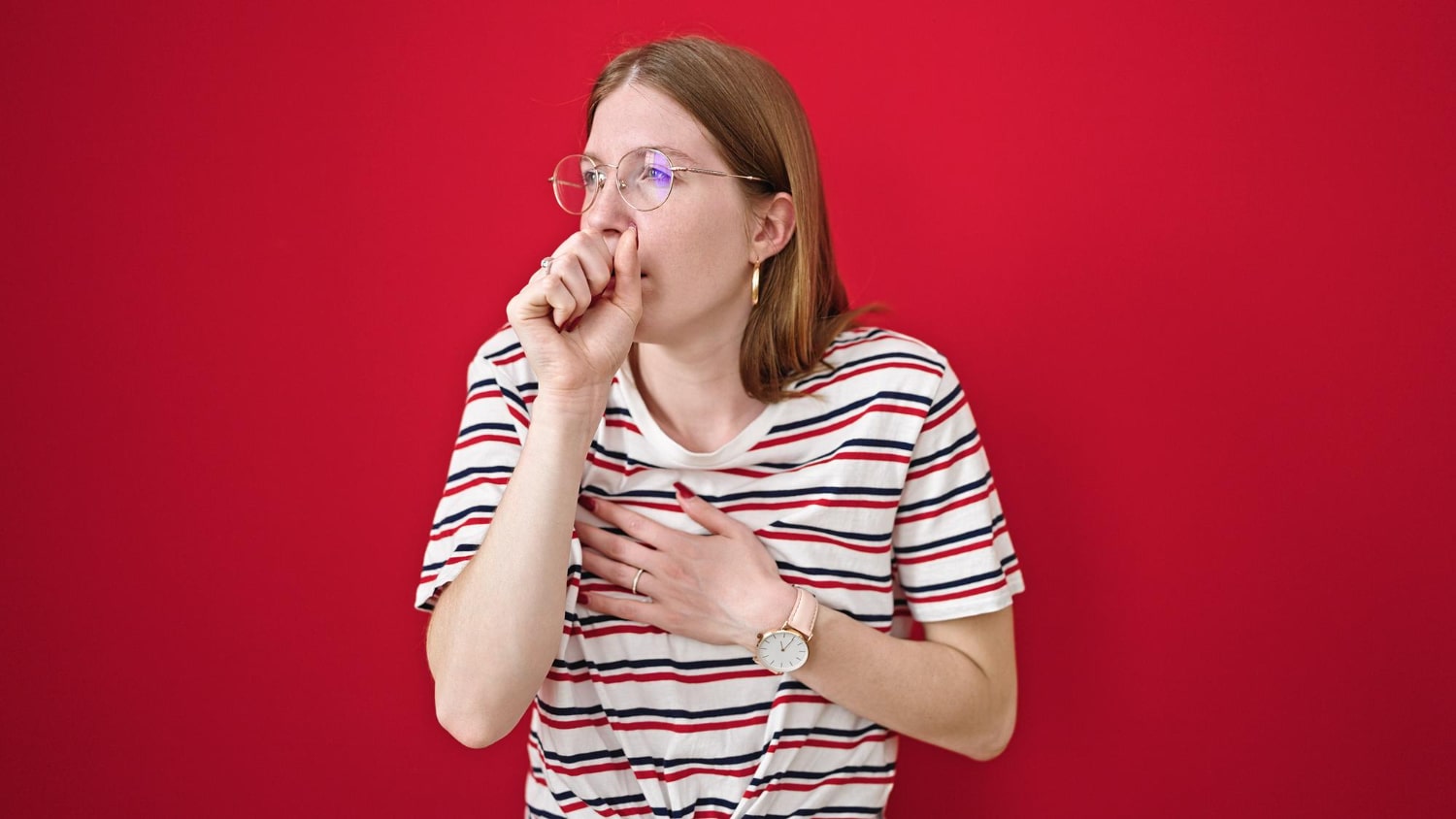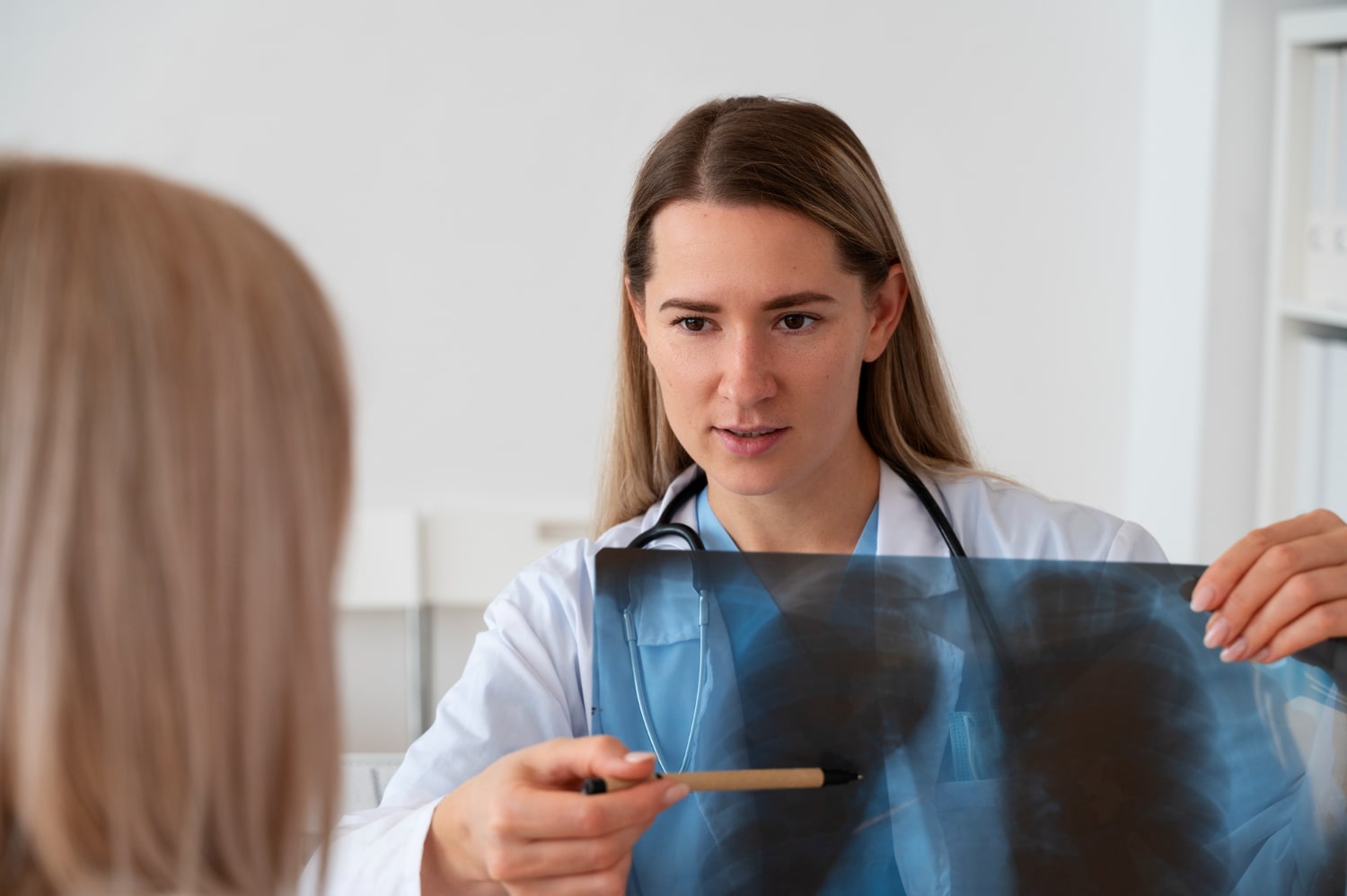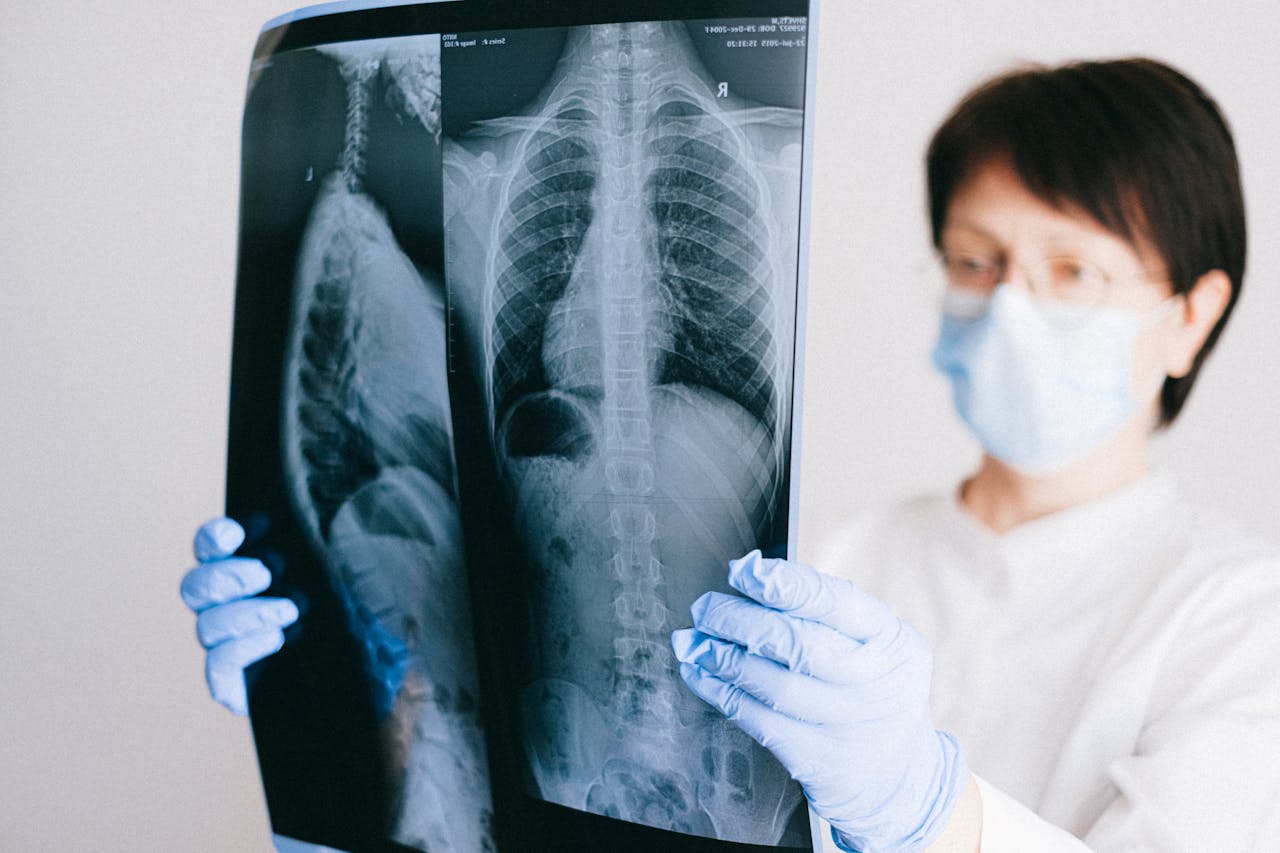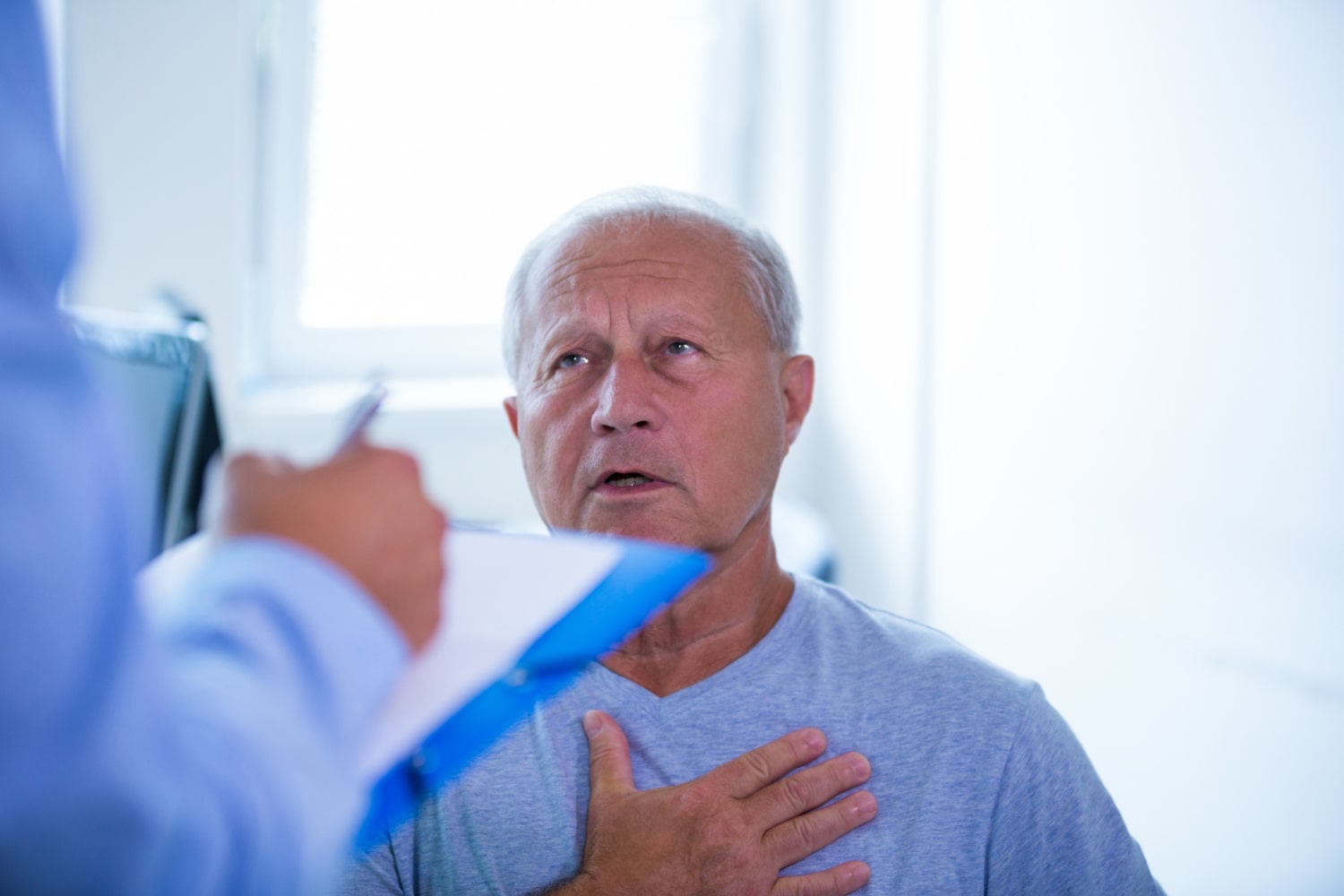Stage 1 lung cancer symptoms are the initial signs of lung cancer. Stage 1 lung cancer is the earliest stage where the tumor is detected in its smallest form. At this stage, the tumor’s diameter is very small. In stage 1 lung cancer, there is no spread to lymph nodes or other organs yet. While patients with stage 1 lung cancer often experience minimal or no symptoms, there are still some identifiable signs.
During this stage, where the tumor is smaller than 5 centimeters, the cancer is often detected through imaging during a routine check-up. Early detection at this stage is crucial since the chances of successful treatment are higher compared to later stages. Preventing cancer progression is easier during stage 1.
What Is Lung Cancer?
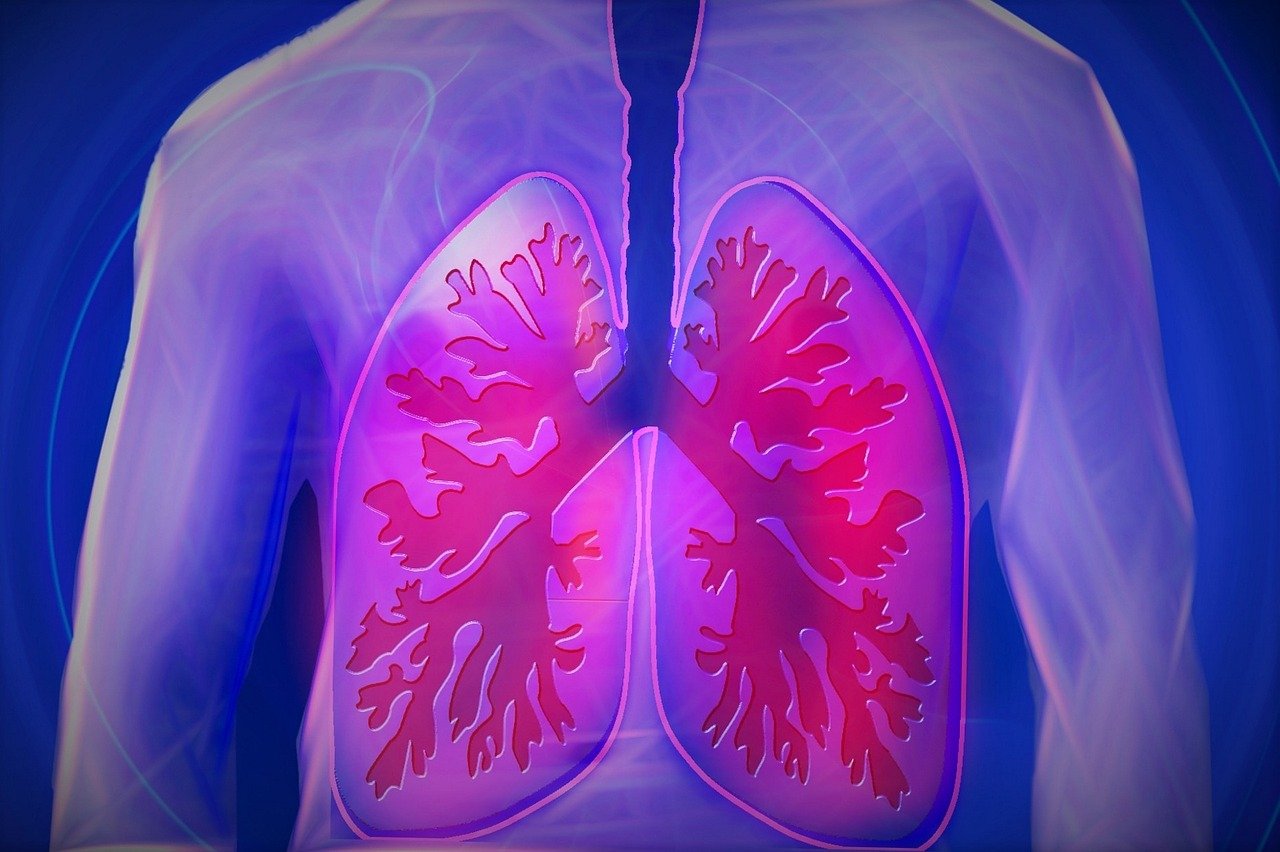
Lung cancer is a common type of cancer. It occurs when there is uncontrolled growth in lung cells due to various reasons. These cells differ entirely from normal lung cells and are harmful. These abnormal cells cluster together to form lung cancer. This cancer grows in the lungs or airways over time and spreads to other parts of the body through blood or lymphatic vessels.
Initially, lung cancer may not cause any noticeable symptoms in patients. However, stage 1 lung cancer symptoms can begin to appear as the disease progresses. Untreated lung cancer can severely affect the patient’s life and lead to fatal outcomes.
What Causes Lung Cancer?
The most well-known cause of lung cancer is smoking. While lung cancer can occur in non-smokers, about 15% of all cases involve people who have never smoked. Being in environments with tobacco smoke also increases the risk of lung cancer. It is noted that those who quit smoking for 10 years reduce their risk of lung cancer by 50%.
- Consumption of cigarettes, cigars, hookahs, and pipes
- Exposure to cigarette smoke
- Inhalation of harmful substances like air pollution, radon, asbestos, and radon gas
- Genetic factors
- Previous radiation therapy
- Chronic lung diseases
- High levels of arsenic in drinking water
All these factors often manifest as stage 1 lung cancer symptoms initially.
What Are the Symptoms of Lung Cancer? Stage 1 Symptoms and Other Stages
 Lung cancer has four stages, each with its own set of symptoms. Stage 1 lung cancer symptoms develop further as the cancer progresses. So, what are the symptoms of lung cancer?
Lung cancer has four stages, each with its own set of symptoms. Stage 1 lung cancer symptoms develop further as the cancer progresses. So, what are the symptoms of lung cancer?
- Chronic and worsening cough
- Unexplained fatigue
- Shortness of breath
- Wheezing
- Bloody sputum
- Chest, back, and shoulder pain
- Difficulty swallowing
- Persistent hoarseness
- Weight loss
- Loss of appetite
- Recurring lung infections
- Swelling in the face and neck
- Finger deformities
- Headache and dizziness
- Numbness or weakness in limbs
- Jaundice
- Lumps in the neck
1 – Stage 1 Symptoms
Stage 1 lung cancer symptoms are the earliest signs of lung cancer. While there are usually minimal symptoms, some signs may still appear. The survival chances for stage 1 lung cancer are higher compared to later stages. Symptoms include:
- Cough
- Shortness of breath
- Bloody sputum
- Wheezing
- Fatigue
2 – Stage 2 Symptoms
Stage 2 lung cancer symptoms are more advanced. These include:
- Cough
- Bloody sputum
- Recurring pneumonia
- Respiratory infections
- Fatigue
- Swelling in some parts of the body
3 – Stage 3 Symptoms
Unlike stage 1 lung cancer symptoms, the tumor in stage 3 exceeds 7 centimeters and has spread to lymph nodes. Tumors in this stage can cause damage to the pleura, ribs, or major bronchi obstruction. Symptoms include:
- Severe chest pain
- Difficulty breathing
- Heart complications
4 – Stage 4 Symptoms
Stage 4 lung cancer symptoms are the most severe and life-threatening. At this stage, the cancer has spread to many organs and tissues. Symptoms include:
- Reduced mobility
- Weight loss
- Fatigue
- Hoarseness
- Difficulty swallowing
- Loss of appetite
- Chest pain
How Is Lung Cancer Treated?
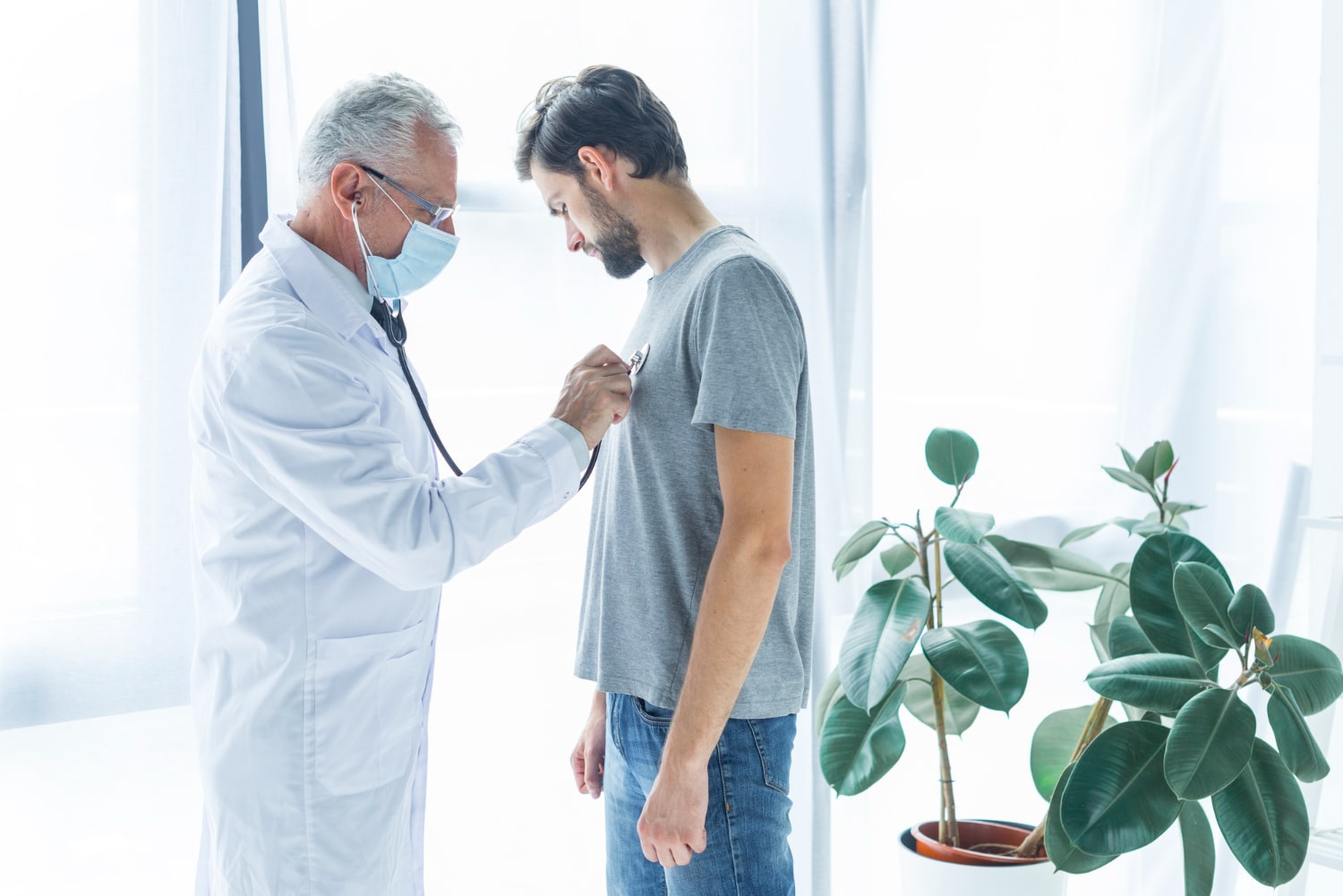 Like other cancer treatments, lung cancer treatment varies based on several factors, including the type of cancer, the patient’s overall health, the nature of the disease, and its stage. Treatments can be combined and personalized for the patient. Various treatment methods include:
Like other cancer treatments, lung cancer treatment varies based on several factors, including the type of cancer, the patient’s overall health, the nature of the disease, and its stage. Treatments can be combined and personalized for the patient. Various treatment methods include:
| Treatment Method | Description |
|---|---|
| Surgical Treatment | Depending on the cancer’s location in the lungs, a part of the lung may be surgically removed. |
| Chemotherapy | Chemotherapy involves using one or more anticancer drugs as part of a standard treatment process. |
| Targeted Drug Therapy | Based on a comprehensive pathological examination, oral medication is prescribed for suitable patients. |
| Radiation Therapy | Radiation therapy uses high-energy rays to kill cancer cells and is localized to the affected area. |
| Vaccine Therapy | Vaccine therapy is a recent advancement, particularly used for stage 4 patients. |
Frequently Asked Questions
Stage 1 lung cancer symptoms are the earliest signs of the disease. Since the cancer is small and not widely spread, early treatment is critical. Here are some frequently asked questions:
1 – What Happens to a Person with Stage 1 Lung Cancer?
Physical changes may occur, such as hoarseness, loss of appetite, coughing, shortness of breath, and fatigue.
2 – What Is the First Symptom of Lung Cancer?
The first symptom or symptoms are typically stage 1 lung cancer symptoms. Recognizing these early signs is vital for timely treatment.
3 – How Long Does It Take for Lung Cancer Symptoms to Appear?
The time it takes for symptoms to appear varies depending on the individual’s body and the type of cancer. Early stages may show no symptoms.
4 – What Are the Symptoms of Benign Lung Cancer?
Benign lung cancer symptoms resemble stage 1 symptoms but are less severe. These include persistent cough, bloody sputum, chest pain, and shortness of breath.
